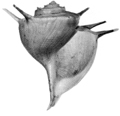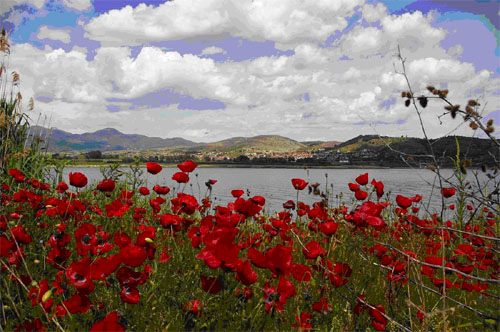
ABSTRACT
Does ecology drive the evolution of endemic gastropod species in ancient Lake Ohrid?
Thomas Wilke
Justus Liebig University
Giessen, Department of Animal Ecology and Systematics,
Heinrich-Buff-Ring 26-32, 35392 Giessen,
Email:
tom....@allzool.bio.uni-giessen.de
Website:
http://www.uni-giessen.de/cms/faculties/f08/department-of-biology/tsz-en/wilke/staff/wilke
Worldwide ancient lakes have been a major focal point of geological, biological, and ecological research. The arguably most outstanding ancient lake in Europe is the oligotrophic and karstic Lake Ohrid, a steep-sided graben of rift formation origin situated in the central Balkans. Most workers agree on a time frame of origin for Lake Ohrid of 2-5 million years ago. However, until now, the limnological origin and the origin of faunal or floral elements of Lake Ohrid have remained uncertain.
A recent assessment of the fauna and flora of Lake Ohrid confirms that the lake harbours an incredible endemic biodiversity. Despite the fact that some biotic groups are poorly studied or not studied at all, approximately 1,200 native species are known from the lake and at least 212 species are endemic. With these 212 known endemic species and a surface area of 358 km2, Lake Ohrid is the most diverse lake in the world, taking surface area into account.
Though endemism occurs in all major groups of invertebrates, it is particularly high in the Gastropoda. To date, 73 species of gastropods are reported for the Lake Ohrid watershed with 65 of them (89%) being endemic. An extensive survey of the lake's molluscan fauna conducted between 2003 and 2008 revealed a total number of 64 gastropod species including 56 endemic taxa (88%).
Preliminary ecological and phylogeographical analyses of gastropod species indicated that there is relatively little faunal exchange and overlap between Lake Ohrid and its sister lake, Lake Prespa, despite the fact that the latter lake is a major water supplier for Lake Ohrid. Within the Ohrid watershed, endemism occurs at different spatial scales, ranging from species endemic to certain parts of Lake Ohrid to species endemic to the whole watershed. Cluster analyses indicate a strong bathymetric (vertical) zonation of gastropod biodiversity with the highest species richness occurring in the littoral. Species turnover is also highest in the littoral, pointing to a strong fragmentation of this bathymetrical zone. In addition to vertical zonation, there is also some degree of horizontal zonation, mostly associated with different habitat types.
Modes of speciation in the Ohrid watershed are largely affected by these high degrees of inter- und intralacustrine isolation. Evidence points towards both allopatric (peripatric) and parapatric speciation. "Microgeographic" speciation often mentioned for Lake Ohrid might be best explained with parapatric speciation along an ecological cline.
The comparatively small size of Lake Ohrid and the extremely small range of many endemic species, together with increasing human pressure make its fauna particularly vulnerable. It is thus hoped that future research on the ecology and evolutionary biology of the lake's gastropod fauna will help protecting this unique European biodiversity hot spot.
 |
 |